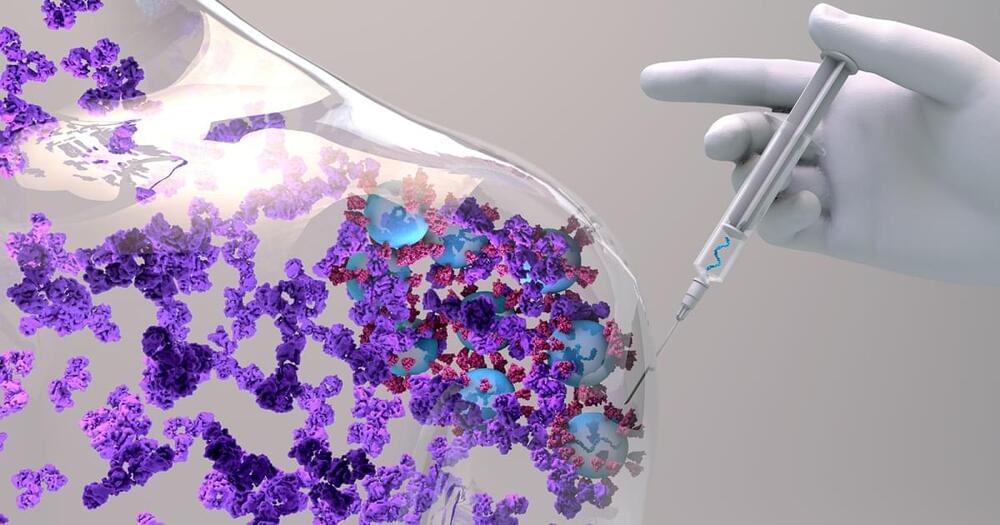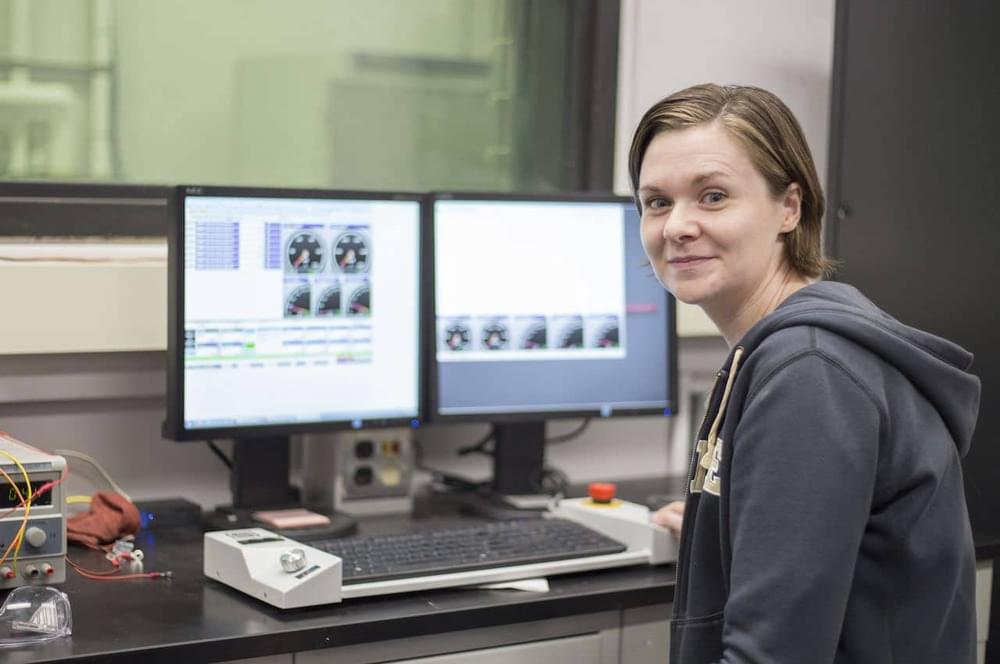Therapies designed to increase T cell’s killing power and ability to target cancer after it appears have already been approved, and they can be quite successful at treating some cancers. (More recent work is recruiting another type of immune cell, the awesomely named natural killer cells, to fight cancer.)
Vaccines that prevent cancer caused by viruses, like hepatitis B and HPV, already exist, but the vast majority of cancers have other causes — inherited mutations, external causes (like smoking or UV exposure), or just random bad luck.
A vaccine against cancers caused by Lynch syndrome — an inherited disorder — will be among the first to test if a vaccine can stop nonviral cancers from appearing. The Lynch trial is among several looking to test a new generation of preventative cancer vaccines.





